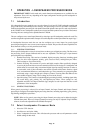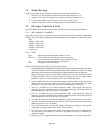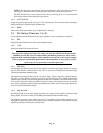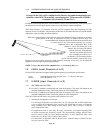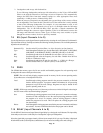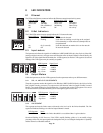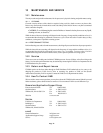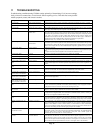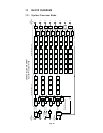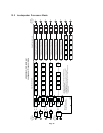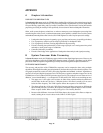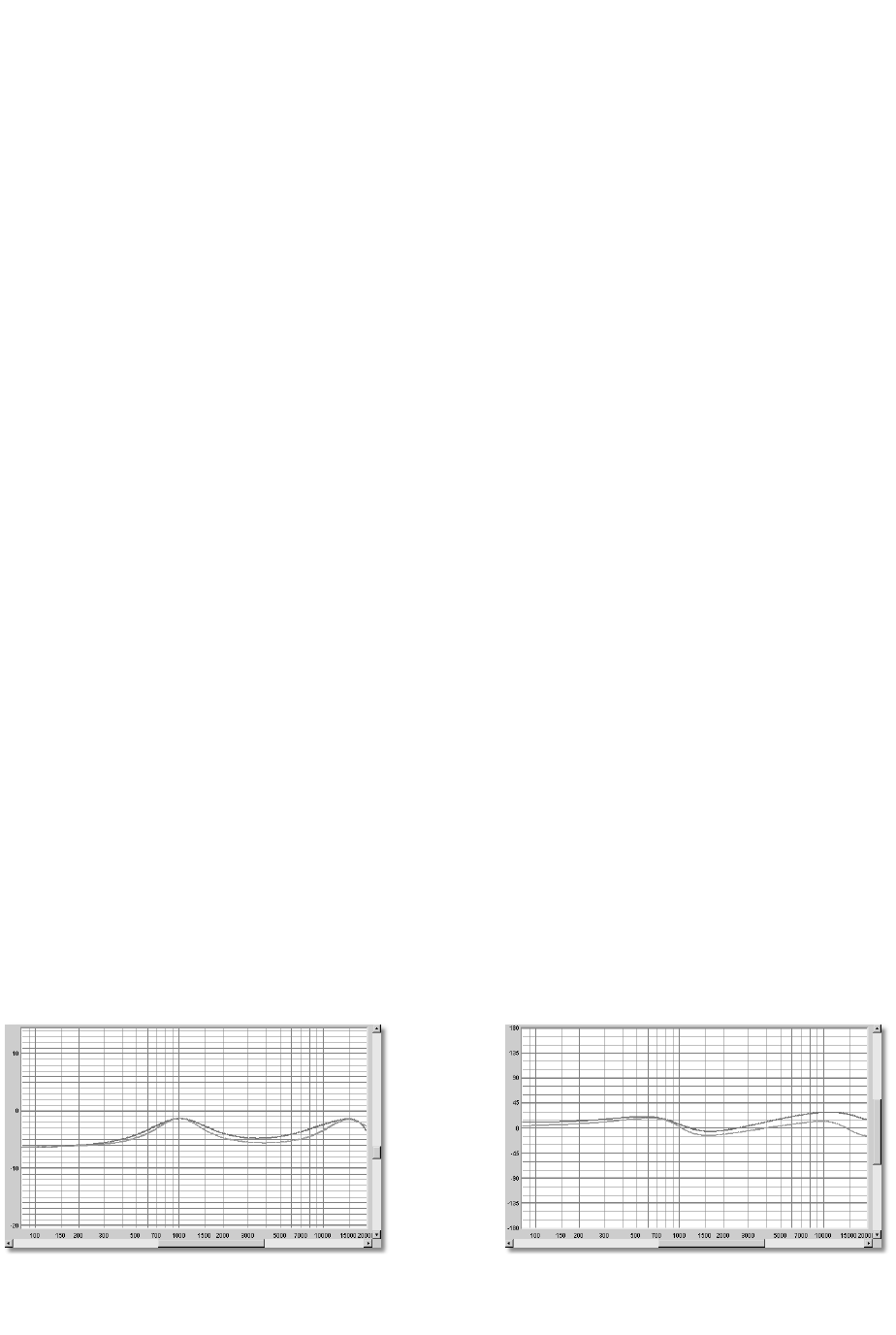
APPENDIX
A Greybox Information
PURPOSE FOR GREYBOX FILES
In Loudspeaker Processor mode, the UX8800 allows loading files with factory-determined processing for
specific loudspeaker models and arrays. This processing includes equalization, crossovers, high and/or
low pass filtering, signal delay, and level control. In addition, files with Gunness Focusing also include
proprietary processing invented by EAW specifically for correction of inherent loudspeaker anomalies.
Often, audio system designers, technicians, or end-users attempt to create loudspeaker processing from
scratch using one of the several, excellent measurement systems publicly available. However, the systems
and methods cannot duplicate what is involved for EAW engineers to create Greybox processor settings:
• Loudspeaker data far greater in quantity, types, precision, and accuracy (especially polar data).
• Use of proprietary analysis tools developed specifically for loudspeaker data.
• Use of proprietary Gunness Focusing algorithms for the processing.
•
Extensive listening tests performed by a wider range of people over a much greater time period
and under a much greater range of conditions.
• Controlled, laboratory conditions.
• Extensive knowledge in the application of loudspeaker data analysis and signal processing.
B System Processor Mode Processing
In System Processor mode, the UX8800 may appear similar to other digital signal processors. However, the
processing algorithms used in the UX8800 differ from the normal, “textbook” algorithms used in digital
processors. EAW developed new algorithms specifically tailored for digital audio processor hardware.
FILTER RESPONSE EXAMPLE
The accuracy and precision of the UX8800 filter responses can be compared to those using textbook
algorithms. When applied to audio processing hardware, the latter do not provide textbook responses. The
two graphs compare the results of EAW’s processing algorithms and standard “textbook” algorithms as
used in well-accepted, digital signal processors. The frequency responses and phase response are for the
UX8800 (lower curves) and a non-EAW processor (upper curves). The settings were two filters set for a 5
dB boost, 1 octave bandwidth (Q = 1), at frequencies of 1 kHz and 15 kHz. There are several things to note:
1. The upper curve is the upper curve becasuse its filter skirts extend somewhat beyond that of
an ideal filter. In this case, the lower -3 dB point for the 1 kHz filter is actually over an octave
below the filter frequency. The EAW response follows the response of an ideal filter.
2. The shapes of both the 1 kHz and 15 kHz filter frequency and phase responses are different for
the non-EAW processor. In contrast, the frequency and phase response shapes of the two EAW
filters are quite similar. When overlayed, they prove to be virtually identical.
3. Because of the difference in two non-EAW filter shapes, the response of the filters overlaps too
much, resulting in an excessive boost in the 5 kHz to 10 kHz region.
Frequency Responses Phase Responses
Page 26



